League plants 53,000 new trees at Alder Creek
For several hours on a sunny day in late May, crews worked their way up the south-facing hillsides on the heavily burned section of the League’s Alder Creek property. With various tools in their hands, and backpacks full of seedlings, they hurriedly planted what the organization hopes will eventually grow into a rich giant sequoia grove to replace the one lost in the 2020 Castle Fire. That fire, swept over this northern section of the property with such high severity that it killed dozens of ancient giant sequoias, and further, destroyed the seeds that typically would lay the foundation for future trees.
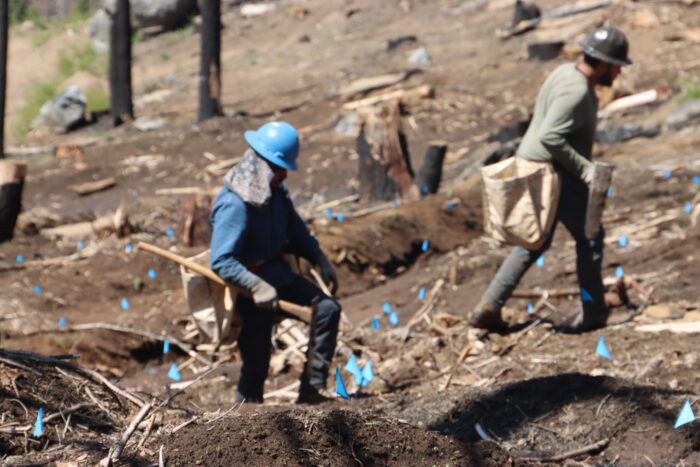
The ground was still muddy from the recent snow, perfect for getting the seedlings in the ground. In total, the crew planted about 53,000 seedlings, about 30,000 of which were giant sequoias. The goal is to encourage the type of mixed conifer forest that occurs naturally on this landscape. Included in this planting are two specific scientific studies that will inform researchers about how location, soil, and other factors lead to better growth.
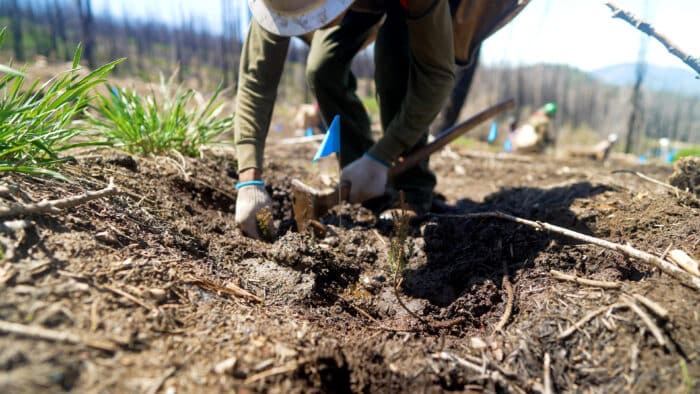
Replanting a giant sequoia grove is unusual, but these are unusual times for the giant sequoias. High-severity wildfire conditions killed an unprecedented number of mature giant sequoias in 2020-2021, nearly 20% of the largest, oldest trees. The loss of the seed bank at Alder Creek meant that the forest here cannot regenerate on its own.
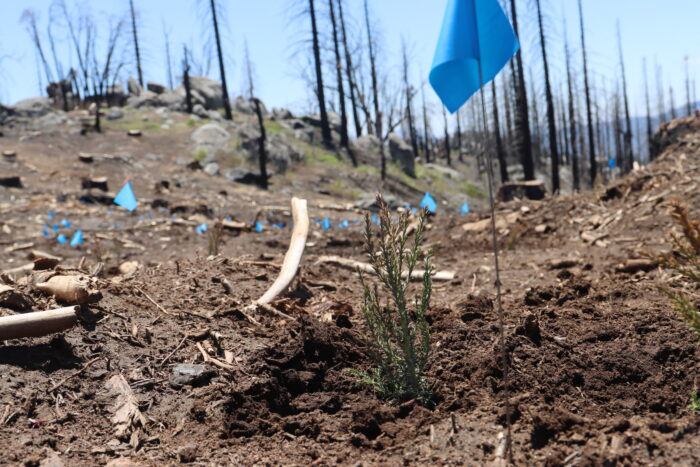


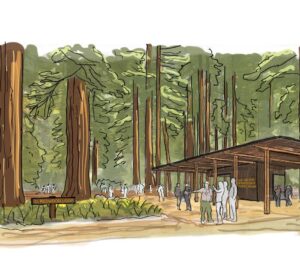

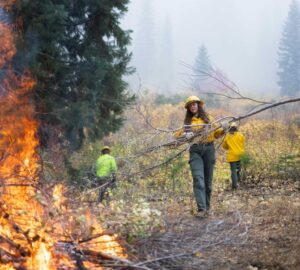
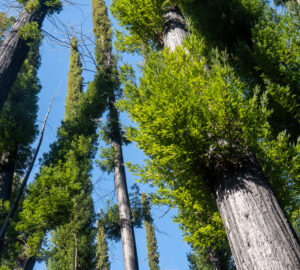
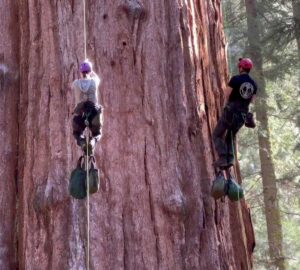
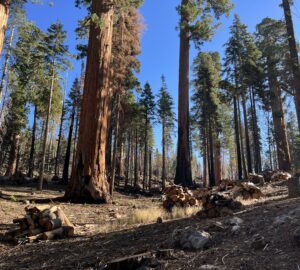
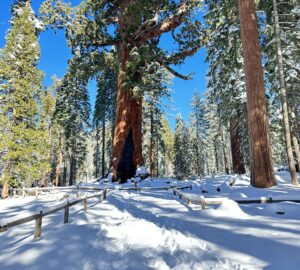
4 Responses to “Video: How to restore a giant sequoia grove”
John Emde
Thanks so much for doing that! I hiked to the Stagg tree a couple of months before that fire. It was such a beautiful place! It broke my heart to see the pictures after. Also, big thanks to the fire crew that saved the Stagg tree! Keep up the good work saving our forests.
Janet westbrook
The seedlings need water! Didn’t rain much in June. No rain in July so far. Is there a plan to get water to the seedlings? You cut down any shade. Sprinklers till August end?
Paul Handover
Well done the team! We live in Merlin, Oregon and the pine and fir trees are showing real signs of stress even after a relatively wet winter. Once again, well done!
Ned Gelband
This is a very worthwhile, and essential cause, for the continued success of our planet!!!!
Thank you!